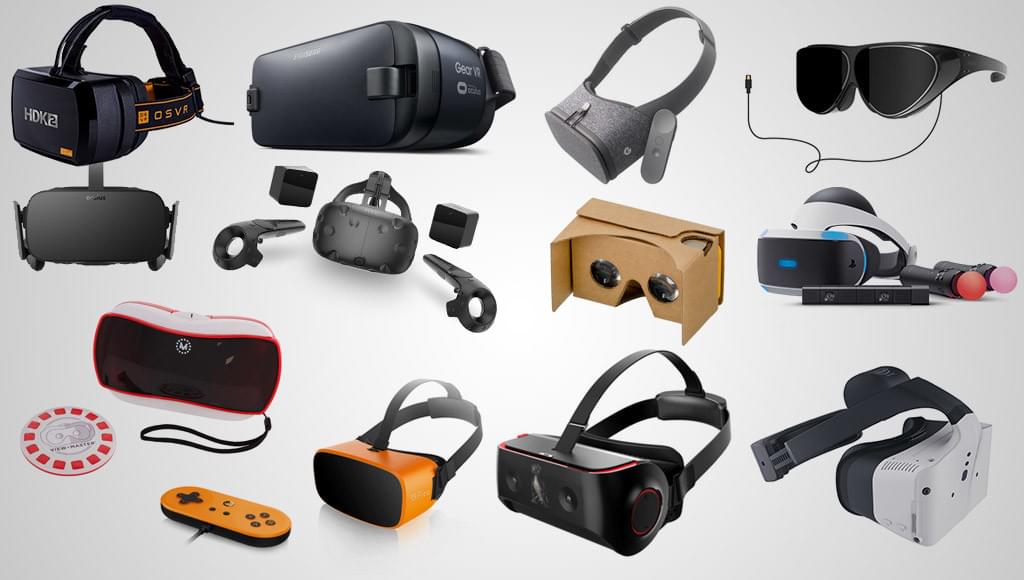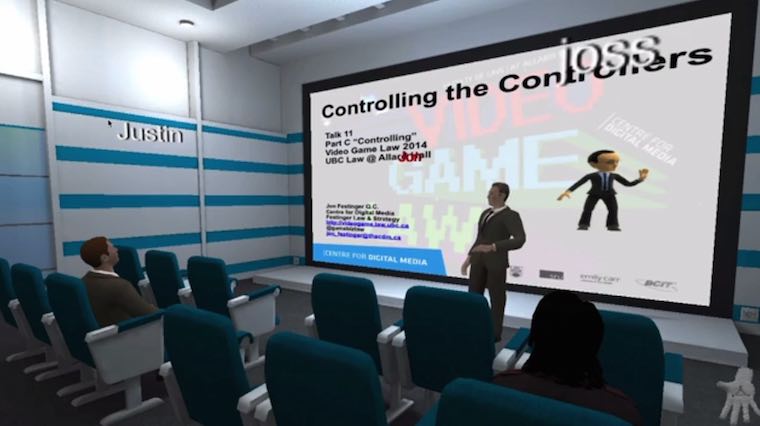ELT Materialism
14 Haziran 2021 Pazartesi
MOOC Certificate
Enhancing Perspectives with AR
Ar, short for Augmented Reality, is the technology of incorporating apps and useful tools into our daily lives, to our vision, to be specific. It is still a raw technology potential of which is waiting to be discovered in the future. Google Glass was one of the first and perhaps one of the most important AR inventions, but to be blunt, it has failed and still yet to be refined to be a catch in the market. Currently, the way ARs are used is usually through QR codes. Here is an example from Arize
Simply open a QR reader from a smartphone and it will give you a link in which you will be able to see the chair in 3D and rotate. QR codes such as these can be put in books or in real life places to save students from monotone lessons. Creating QR codes are as easy as they get, there are numerous amounts of websites in which you can generate the codes for free. My personal favourite is QRCode Monkey for its simplistic layout, ease of use and wide variety of options to customize QR codes to your likings.
Shifting Realities with VR
VR, short for Virtual Reality, is a rather new technology with its most noticeable advancement began thanks to the making of Sensorama in 1962 by Morton Heilig.
31 Mayıs 2021 Pazartesi
Second Life in Language Teaching
Together with Nazım Can Altay, Burcu Başer and Şevval Bozdoğan, we have discussed about the the pros and cons of Second Life and how to use it to supplement our lessons, hope it is useful!
24 Mayıs 2021 Pazartesi
Trello Collaborative Board
Together with my friend Nazım Can Altay, we have created a Trello board to compile all of the educational web tools we have learnt so far. Each of us have shared our own opinions and have added video tutorials in order to help the students who prefer visuality over text understand better. Make sure to click on the cards to see our additions. In order to check the board, simply click this link. Below is an example of a card we have created for Edmodo.
Social Networking as an Educational Tool
This post has been made as a summary of my own summary on a chapter about social networking as an educational tool. If you are curious about the original one, you can check the link of the summary.
Social platforms are inseparable from daily lives for many people. The root of these platforms dates back to web 2.0 tools. These social networking platforms had proved their usefulness by vastly increasing the interactivity of people and soon enough scholars got curious whether they could utilize social networking as a means of educational tool.
After a while, once these social networking platforms have took off, educators have realized not only that they can utilize social networking for education, but also the fact that they have to so that they meet the requirements of modern age and divert an already common practice into education.
Platforms such as wikis and blogs have created opportunities for learners to interact with each others and in doing so improved learning for everyone. Though this freedom has obvious benefits, there are drawbacks, the biggest hurdle being the abundance of false information. On the other hand drawbacks are outweighed by the positives and it is possible to minimize, even completely eradicate the drawbacks in the cases of some students.
Millennials tend to prefer interactive content over static ones, which gives an important responsibility to teachers. By utilizing the tools we have talked about so far, teachers can make their lessons interactive; taking the attention of students as a result. Nevertheless, teachers shouldn't go overboard, otherwise it might backfire. There might be teachers we are willing to create lots of content for their students to learn. The intention might be pure, but what their role in social networking is that they are just facilitate instead of producing. The role of producing is instead left to students. Teachers need to offer the tools and platforms; introduce how to use them and leave the scene to students. By letting students create their own content through interactions with others, they learn through personalized content that suits best to their needs.
2 Mayıs 2021 Pazar
Showcasing Educational Webtools: Padlet
Padlet is a platform that allows users to create what are called "padlets" which you can utilize as to take notes and do collaboration works with others such as students. To start, first create an account by either choosing your existing account from widely used services like Google, or start anew. Once an account is created you will be asked whether you would like to pay for the service or not. One of the biggest drawbacks of padlet is the limitation of padlets you can create with free account to only 3. As you can upgrade any time, make sure to get the most of free trial before investing the subscription service. Click the make a padlet button and then you will be met with the following screen.
These are ready-to-use templates that you can use with the click of a button. Simply choose the once that serves your purpose the best and then start adding your notes.
The padlet that I have created for this blog post was made with the backchannel layout which imitates the likes of WhatsApp and Telegram. Once the padlet is made, invite the participants by link or QR code. Here is the link and the QR code my padlet so that you can inspect it or just say hi.
MOOC Certificate
Massive Open Online Courses are useful platforms to supplement learning in free time. Since I study Japanese when I can afford the time,...

-
Ar, short for Augmented Reality, is the technology of incorporating apps and useful tools into our daily lives, to our vision, to be sp...
-
Massive Open Online Courses are useful platforms to supplement learning in free time. Since I study Japanese when I can afford the time,...
-
Educational experience framework is the presence types that occur during lessons. Each types of presence affect the educational experien...











